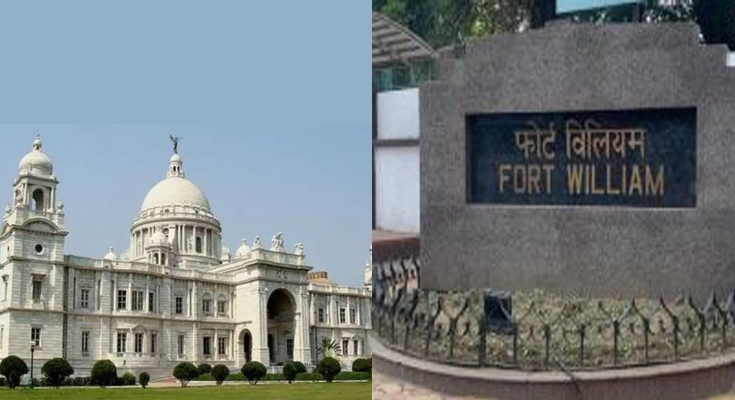Fort William Renamed Vijay Durg in Historic Move
Why in the news?
The historic Fort William in Kolkata, built by the British in 1773 and serving as the headquarters of the Indian Army’s Eastern Command, has been renamed Vijay Durg, symbolizing India’s evolving military and cultural identity.
Renaming and Historical Significance
- Fort William, a historic military fort and the Eastern Command headquarters of the Indian Army, has been renamed Vijay Durg.
- Built in 1773 by the British, it was named after King William III of England.
- Located on the eastern bank of the Hooghly River, it continues to serve as a vital military installation under the Indian Army.
Historical Evolution:
- The original Fort William, built by the East India Company in 1696, was smaller and infamous for the ‘Black Hole of Calcutta’ prison section.
- In 1756, it was captured by Siraj-ud-Daulah, the Nawab of Bengal.
- Following the Battle of Plassey (1757) and the British victory, Robert Clive demolished the old fort and initiated the construction of the present structure, completed in 1773.
Architectural Features
- The fort has an octagonal structure, made of brick and mortar, spreading across 70.9 acres.
- It features hundreds of arched windows with views of lush gardens.
- As a key military landmark, Vijay Durg remains a testament to India’s colonial past and its transformation into a modern military site.




